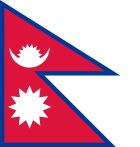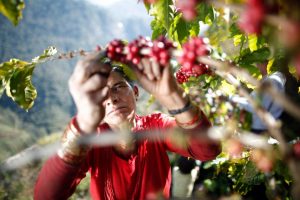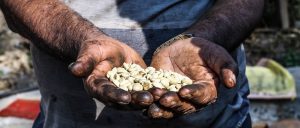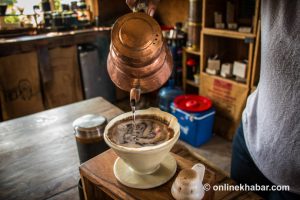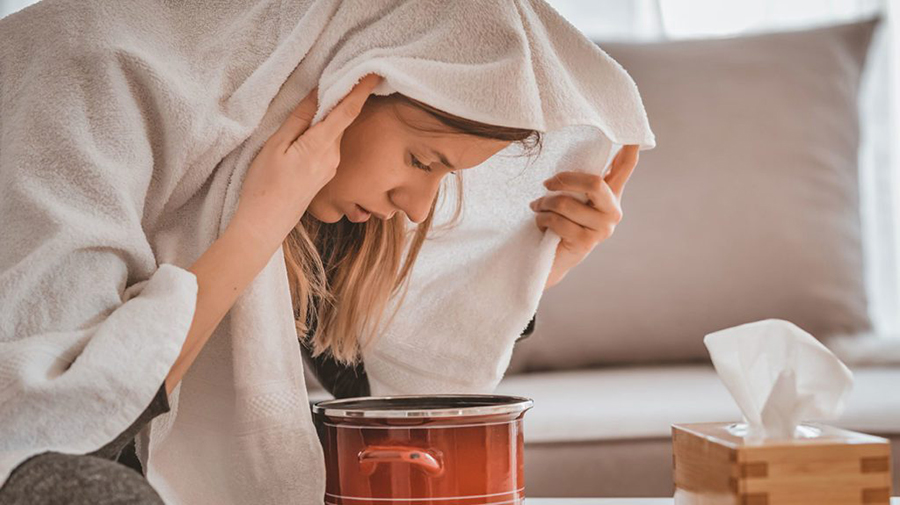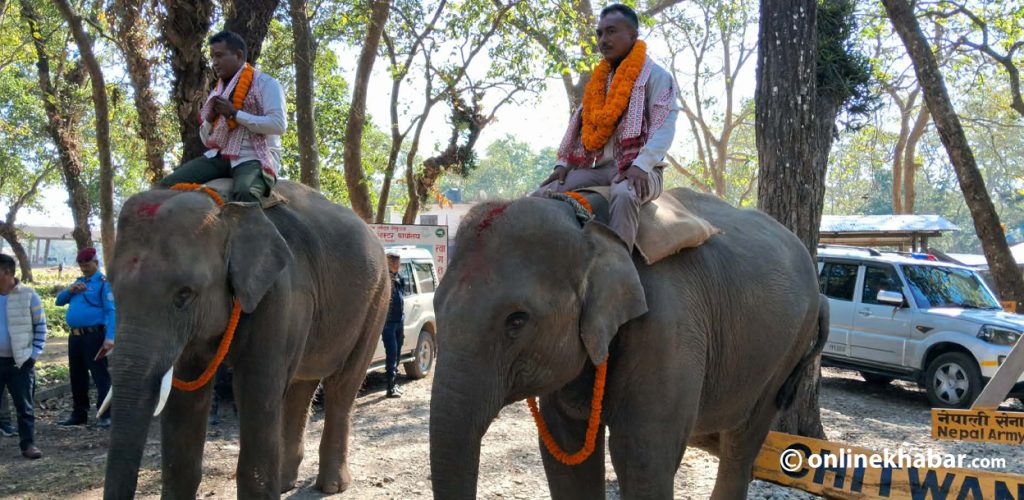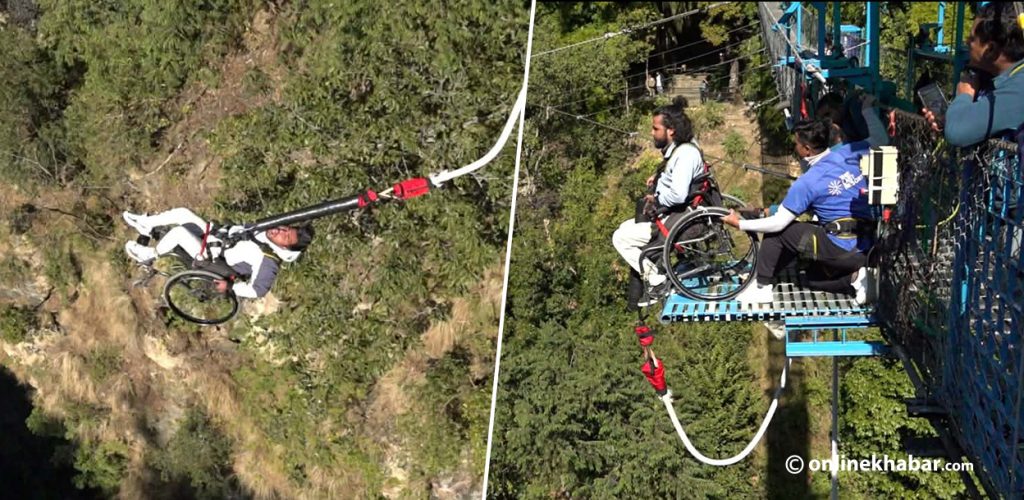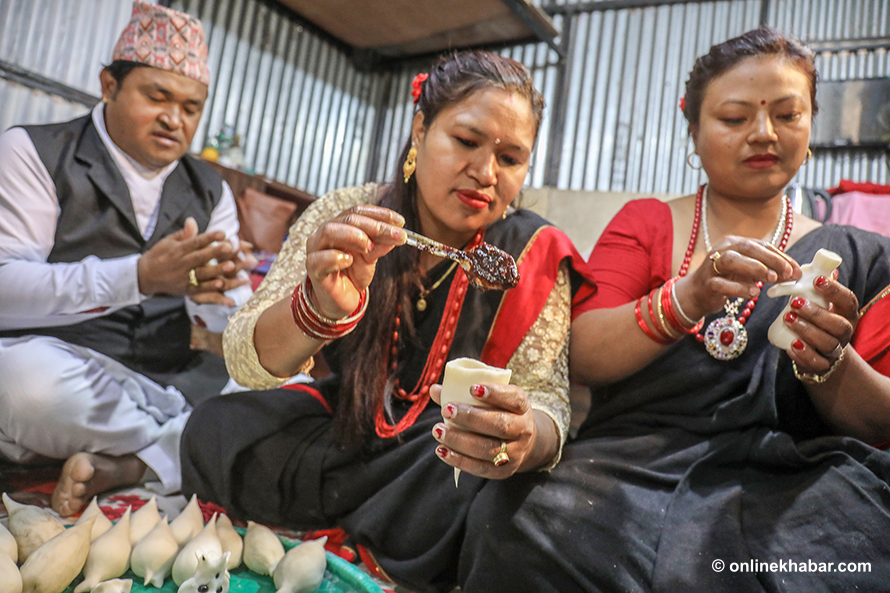
For many Nepalis, mornings once began with a cup of tea. But that is changing. More and more, the day does not truly start until the first sip of coffee touches the tongue. In the cool air of Kathmandu mornings or the quiet corners of Pokhara’s cafés, coffee has found a growing and loyal following. It is no longer just an imported indulgence. Nepali coffee, especially the Arabica grown in the highland mid-hills, is carving out a reputation of its own.
But as coffee culture takes root, so do the questions: How strong is that daily cup? How much caffeine are we drinking? Does it matter whether we boil, press, or brew it in a Moka pot? And what happens to that flavor and kick after the coffee sits on a shelf for a few weeks? Some of us wonder why our coffee sometimes tastes too sour. Others find it oddly flat or bitter. And many of us, whether sipping in a hip café or at home, are quietly asking: How many cups is too many?
That is precisely what a new study from researchers at the Center for Environmental and Sustainable Agricultural Research (CESAR) and the Gandaki Province Academy of Science and Technology (GPAST) aimed to investigate.
It is the first research of its kind in Nepal to measure the actual caffeine content in our locally brewed coffee and how that changes depending on how it is brewed or how long it has been stored. The study also examined acidity levels, providing us with fresh insights into why some cups taste bright and tangy while others fall short.
The big brew-off
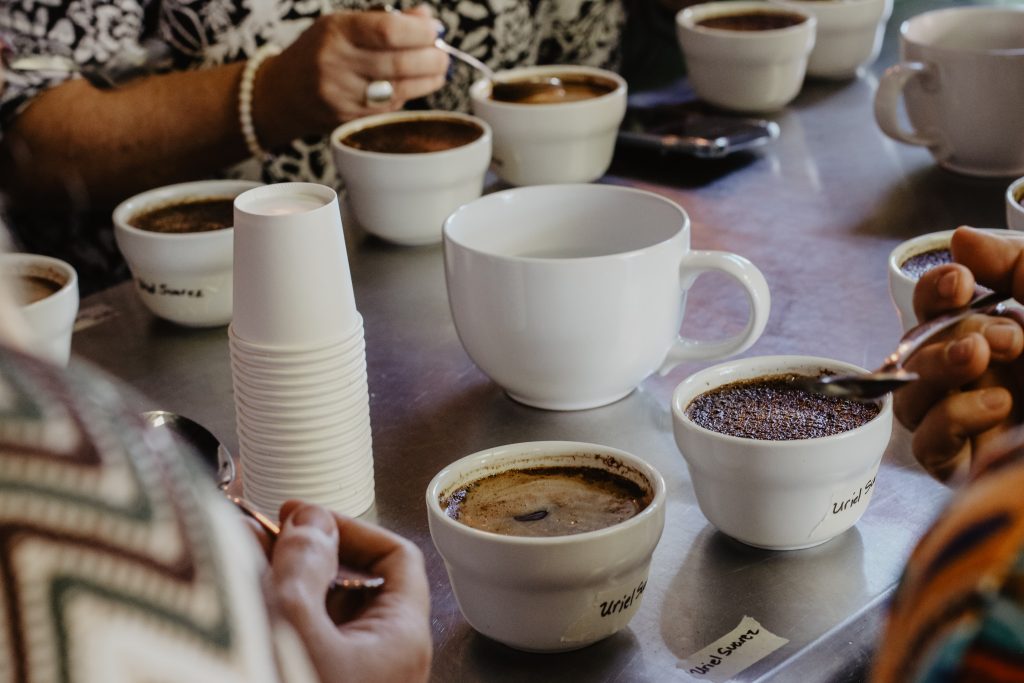
The researchers purchased 10 locally available brands of coffee from Pokhara, all of which were made from Nepali-grown Arabica beans. Then, using three popular household brewing methods (boiling, French press, and Moka pot), they tested how much caffeine could be extracted from each technique.
Their findings were clear: the Moka pot outperformed the others. On day 0 (right after opening the packet), the Moka pot brewed the strongest cup, averaging 14.4 milligrams of caffeine per gram of coffee. Boiling came second at 11.6 mg/g, and the French press trailed at 10.1 mg/g.
To put that into perspective: if you brew 10 grams of coffee, a typical single-serving, you’re drinking about 144 mg of caffeine with a Moka pot, 116 mg with boiling, and 101 mg with the French press. The safe daily limit for most adults is 400 mg, according to international health guidelines. That means three cups of Moka is your max, less if you are sensitive.
So if you have ever wondered why your Moka pot coffee gives you that extra buzz, now you know.
Time isn’t always on your side
Here’s where things get more interesting. The researchers did not just test the coffee when it was fresh. They returned after 21 days and retested the same samples.
And the caffeine had dropped. Sometimes by more than 10%.
Although the coffee was stored in a reasonably sealed container, it had been exposed to air and humidity. Over time, this seems to reduce the caffeine content, possibly through moisture absorption or slow degradation. In simple terms, your coffee loses its punch the longer it sits around.
This matters. It means that if you want your coffee strong and flavorful, it is best to buy smaller quantities and use them up quickly. Storing ground coffee in airtight containers can also help preserve its flavour and aroma.
Why does my coffee taste sour?
Another mystery the researchers tackled: acidity. Coffee lovers often describe a “bright” or “sour” taste, but what is going on?
The study measured the pH of coffee brewed using each method. A lower pH indicates higher acidity, and acidity plays a significant role in determining how we perceive the flavour of coffee. Interestingly, the boiling method produced the least acidic coffee (with the highest pH), while the French press method yielded the most acidic brews.
Across all methods, acidity changed slightly over time, typically becoming less sharp (i.e., exhibiting a somewhat higher pH) after 21 days. So if your coffee starts tasting flat or dull after a few weeks, it is not just in your head. Time does change the chemistry of what is in your cup.
Acidity is not inherently bad. Many high-quality coffees are prized for their distinct flavor. However, if you prefer a mellow, smooth cup, boiling might be the best method for you.
What’s in the beans?
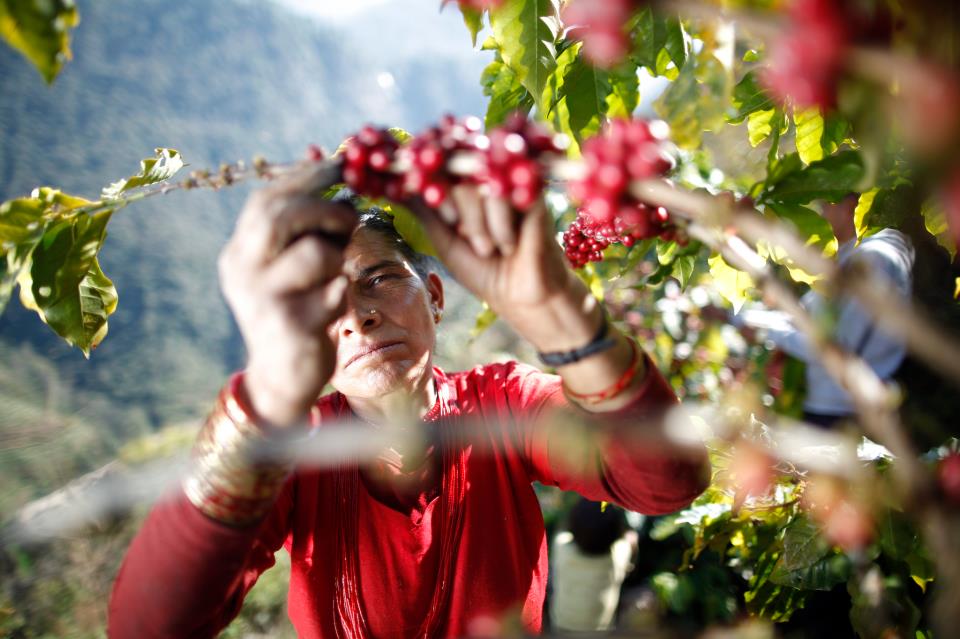
Nepali coffee, primarily Arabica grown in mid-hill regions such as Gulmi, Syangja, Palpa, and Kaski, already has a reputation for quality. However, this study also shows that it stands up chemically: the caffeine content in fresh Nepalese coffee is comparable to that of some of the world’s best.
The strongest sample in this study yielded 17.8 mg of caffeine per gram of coffee, a number that rivals or exceeds that of many coffees from Brazil, Colombia, or Italy. That’s something for both farmers and consumers to be proud of.
What does this mean for you?
So, what should you do with all this information?
- For the strongest cup, use a Moka pot. It is more work than boiling, but you’ll get more caffeine per gram.
- If you are sensitive to acidity, consider boiling your coffee. It comes out smoother and less sour.
- For a consistent flavor, avoid letting your coffee sit around for too long. Use it within a few weeks of opening, and store it airtight.
- If you are watching your caffeine intake, keep in mind that three cups a day is generally considered the upper limit, especially if you’re using Moka or other strong boiling methods.
A growing coffee culture needs better knowledge
Nepal’s coffee culture is still young, but it is growing fast. Walk around any city and you will find a café on nearly every street corner. Young people are buying French presses and pour-over kits. Farmers are planting more Arabica.
However, there is still a lot we do not know about our coffee, including how it tastes, how it changes, and how it affects us. Crucially, we need to understand why and how our coffee is unique.
The diverse weather conditions in the mid-hills favour the formation of a variety of chemical compounds within the coffee beans, suggesting that taste profiles and caffeine content likely vary significantly depending on the specific location (altitude, microclimate) where the coffee is grown. Documenting these terroir-driven differences and tracking them over time requires dedicated, long-term research.
The bottom line
Coffee is not just a beverage. It is a ritual, a comfort, a source of pride, and increasingly, a part of daily life for many in Nepal. Understanding what’s in that cup, how strong it is, how it changes over time, and how different brewing styles affect its taste is not just a matter of scientific curiosity. It is about making better choices, enjoying better flavour, and supporting a growing local industry.
The next time you brew a cup, think about what is happening behind the buzz, beyond the aroma, and inside the bean.

